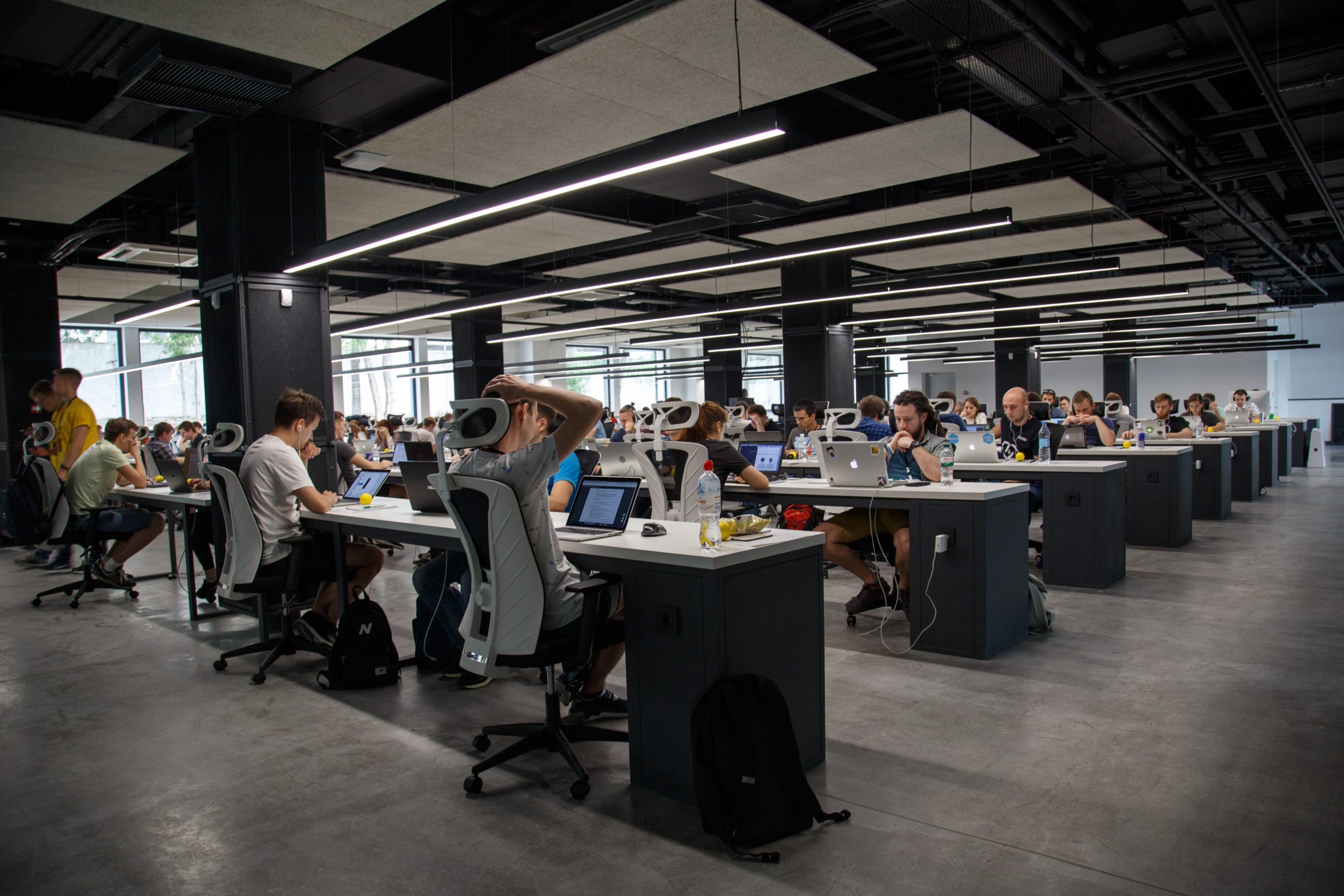An increasing number of businesses are working to build employee retention strategies. And that’s certainly a step in the right direction. But retention strategies are much like marketing strategies. Or sales strategies. Or hiring strategies. Or practically any other strategy you can think of. They’re not magic solutions. Some will work. Others will fail. Some will need tweaks and optimisations along the way.
That in itself is not a problem. What is a problem, however, is that many businesses aren’t putting the effort into assessing whether or not their strategies are working.
In fact, last year’s CIPD Resourcing and Talent Planning Survey shows that just 12% of organisations are actively monitoring the effectiveness of their retention initiatives.
If you think your retention strategy could be delivering greater value, read on. We’re about to explore some of the most powerful ways businesses can retain top talent.
What are Businesses Doing Well?
Before we delve into improvement methods, it’s important to acknowledge what’s going right in the world of employee retention. According to the CIPD report, many businesses are already including the following elements into their strategies:
- Wellbeing and mental health support (57%)
- A focus on developing healthy work/life balances (49%)
- Flexible working policies (48%)
- Greater support for remote and home-based workers (43%)
Continuing to prioritise these elements is critical. But alone, they’re not quite enough to keep your top talent in place during this very turbulent period; a period where workers are questioning their relationship with their employer, re-evaluating what matters to them, and viewing their career in the context of the ‘new normal’.
What Needs to be Done?
Businesses need to take a deep dive into the evolving needs, requirements, and preferences of their employees. If you’ve been reading our blog, you’ll know that we recently talked about ‘stay interviews’; the proactive alternative to exit interviews which ask ‘what do you need’ rather than ‘what could have gone better?’
When we ask this type of question, it becomes easier to accurately align employee needs and requirements with the methods we include in our retention strategies.
Some elements that we think many businesses will uncover are a need for:
- Better workforce planning
Businesses should be looking to anticipate their own needs before these needs pose a problem. By the time a skills gap is identified, it’s often too late. And employees that possess the required skills become overburdened with additional responsibilities. The CIPD report finds that 28% of businesses aren’t forecasting their recruitment needs beyond 6 months, so better workforce planning is certainly required right now.
- Greater focus on diversity & inclusion
All employees want to feel that they belong. If they don’t, they’ll look for somewhere they find more comfortable. It’s time for businesses to acknowledge the differences between employees, identify the challenges experienced across different workplace communities, and find ways to satisfy needs in an equitable way. When employees feel like they’re ‘part of the family’, they’re more likely to stick around.
- Opportunities for professional growth
Becoming stagnant is one of the biggest causes of employee turnover, so it’s important, where possible, to provide workers with opportunities to advance. Whether it’s offering additional training, enabling workers to dip their toes into other areas of the business to work on ‘passion projects’, or anything else, building a progression path gives employees new goals to work towards, and new motivations.
Most Important of all? Act.
Whether you’re planning to utilise stay interviews, you’d rather stick with exit interviews, or you’re considering a mixture of both, the most important thing is to act.
Gaining insights is useless if you never act on them. It’s time to listen, learn, and adapt. That’s the best way to improve your employee retention strategy, boost workplace satisfaction, keep your talent happy, and reduce costly staff turnover.





